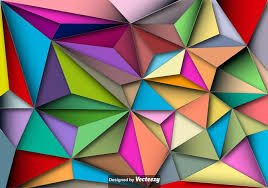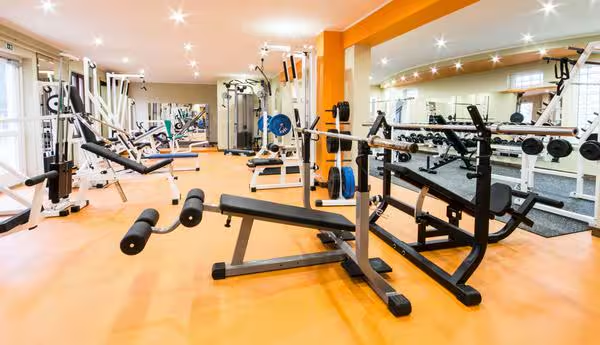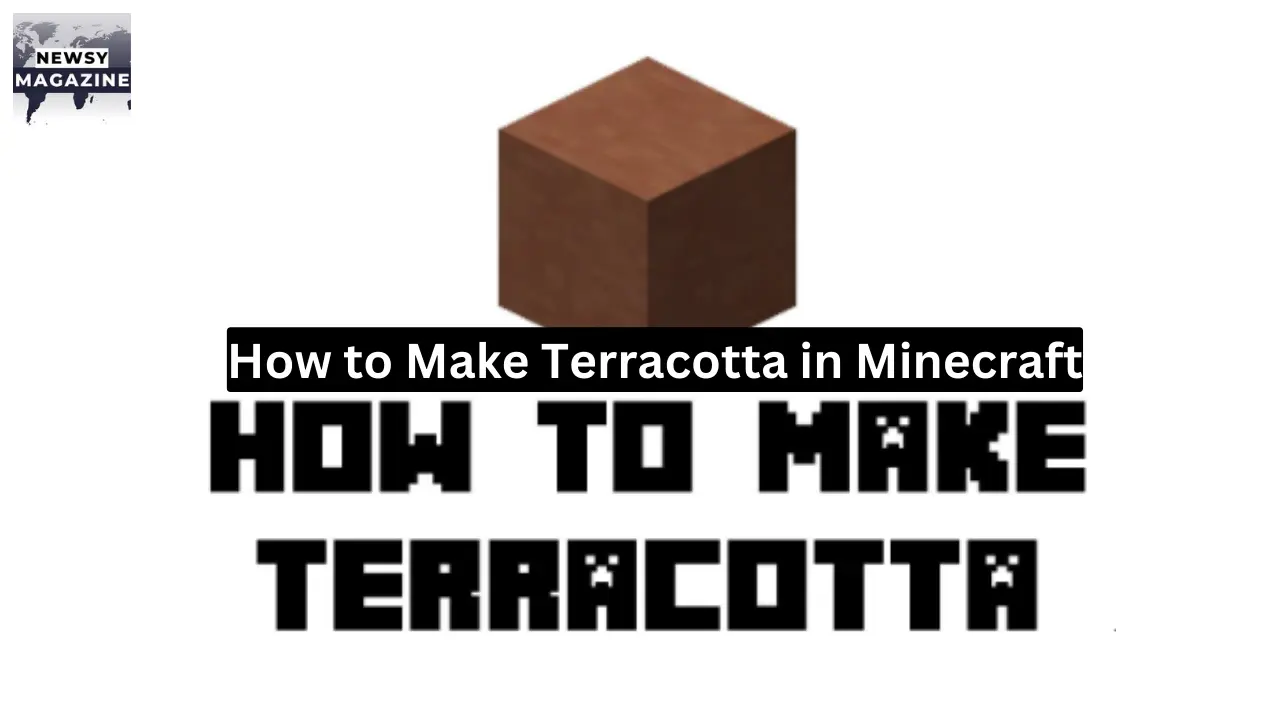
Are You wondering How to make Terracotta in Minecraft? So here is your proper guide to start, Terracotta, also known as hardened clay, is a versatile building material in Minecraft that allows players to create colorful and intricate structures. This guide will take you through everything you need to know about finding clay, crafting terracotta blocks, and using them effectively in your Minecraft world. Whether you’re a novice or a seasoned player, understanding how to utilize terracotta can significantly enhance your building projects.
Minecraft offers an array of building materials, but few are as vibrant and customizable as terracotta. Unlike other blocks, terracotta can be dyed into a variety of colors and patterns, making it a favorite among builders. Imagine constructing a majestic castle or a quaint village with walls that burst with color and character. Terracotta allows you to bring your creative visions to life in a way that few other materials can.
If you’ve ever struggled with finding the right materials for your builds or wondered how to incorporate more color into your structures, this guide is for you. We’ll explore the best techniques for gathering clay, the steps to transform it into terracotta, and tips for using it in your builds. Get ready to elevate your Minecraft creations to a new level of artistry and sophistication.
Part 1: Finding Clay
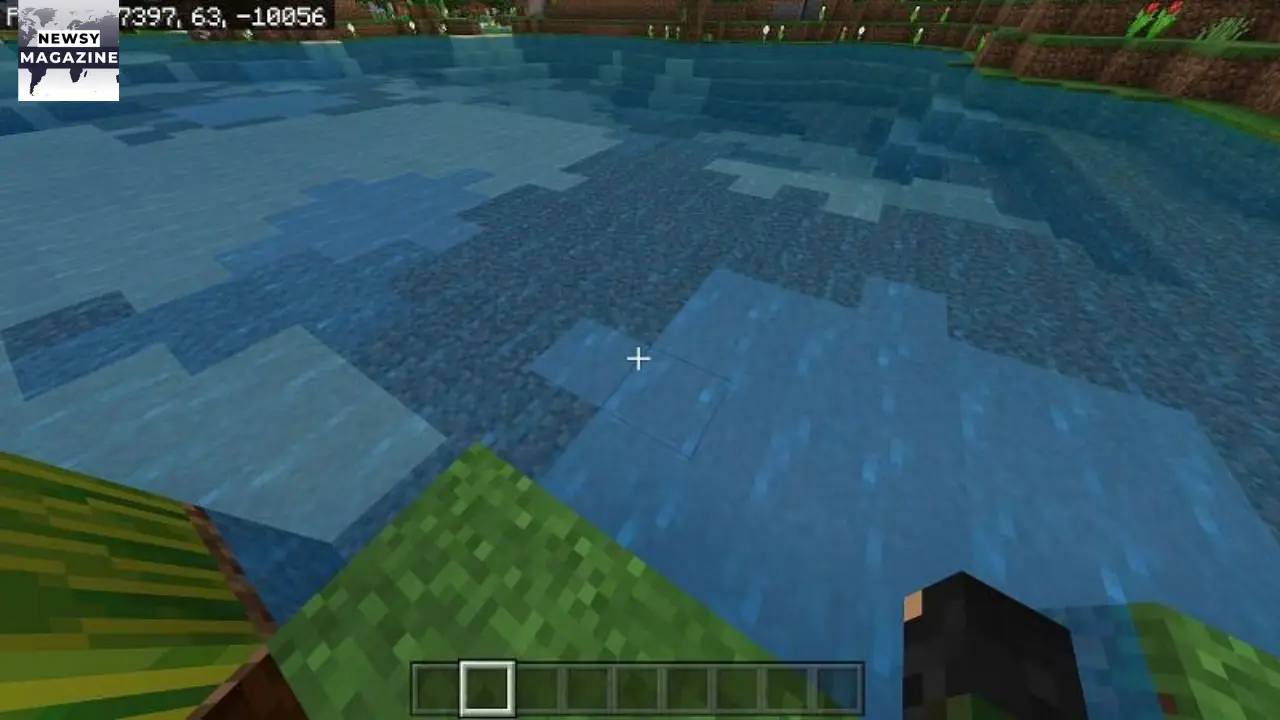
Clay is the essential raw material for crafting terracotta in Minecraft. Here’s how you can locate and gather clay efficiently:
1.1 Locating Clay Deposits
Clay can be found in specific biomes and underwater locations. The most common places to find clay include:
- Riverbeds: Look for light blue or grayish blocks underwater in rivers. These clay deposits are often found near sand and gravel. Rivers are a great starting point as they are easily accessible and the clay is visible just below the water’s surface.
- Swamps: Clay deposits can also be found in shallow pools within swamps, making them relatively easy to mine. Swamps are abundant with clay, but be cautious of hostile mobs that spawn frequently in these biomes.
1.2 Mining Clay
Once you’ve found a clay deposit, use a shovel to mine the clay blocks underwater. Each clay block drops four clay balls.
- Equipment: A shovel (preferably iron or diamond) is recommended for faster mining. Iron and diamond shovels are more durable and will speed up the mining process considerably.
- Technique: Stand on solid ground and mine the clay blocks underwater. You can create an air pocket by placing blocks like dirt or sand to make mining easier. Using doors or ladders underwater can also help create breathing spaces, allowing you to mine without needing to resurface frequently.
Part 2: Crafting Terracotta
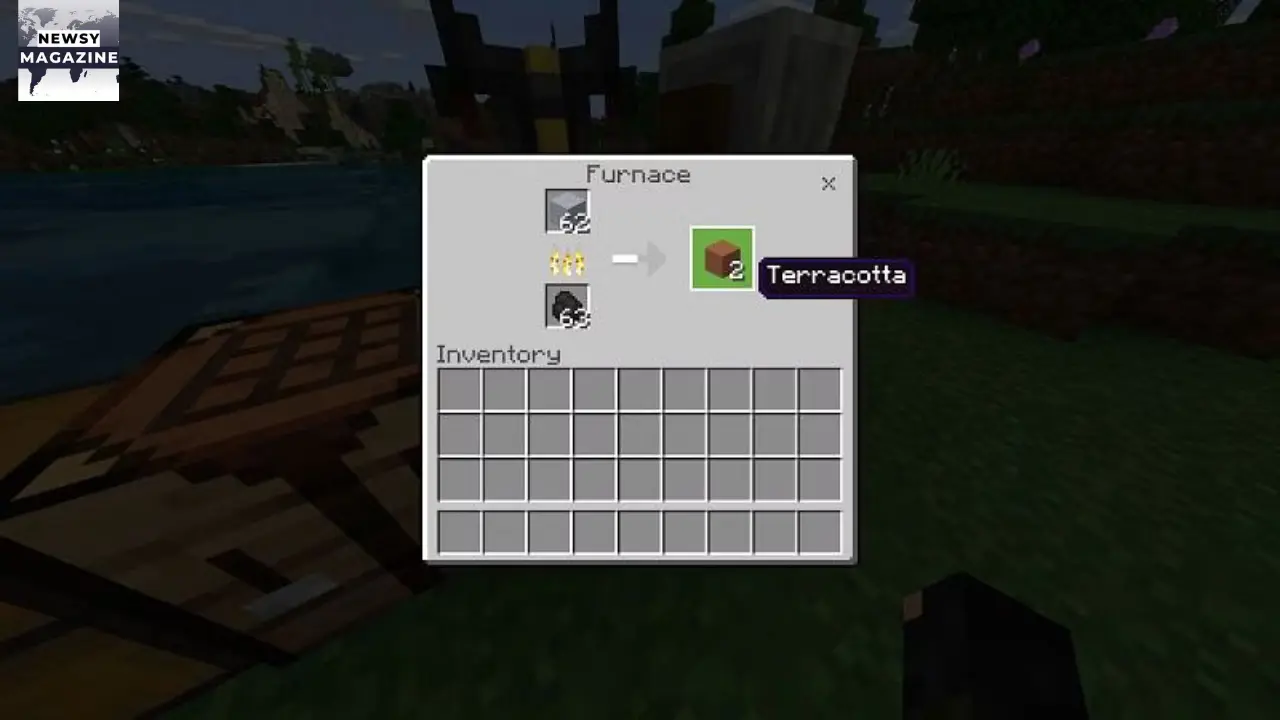
Now that you have collected clay balls, it’s time to craft them into terracotta blocks using a furnace:
2.1 Crafting Clay Blocks
Before you can create terracotta, you need to craft clay blocks from the clay balls you collected:
- Crafting Recipe: Place four clay balls in a 2×2 crafting grid. This will yield one clay block. Crafting clay blocks is a straightforward process that can be done in your inventory or a crafting table.
- Usage: These clay blocks will be the raw material you smelt into terracotta. Having a good stockpile of clay blocks ensures you can create terracotta as needed for your projects.
2.2 Smelting Clay Blocks
To turn clay blocks into terracotta, you need to smelt them in a furnace:
- Building a Furnace: Craft a furnace using eight cobblestones arranged in a square, leaving the center empty. Furnaces are essential for smelting various materials in Minecraft, including clay blocks.
- Fueling the Furnace: Gather fuel such as coal, charcoal, or wood to power the furnace. Coal is the most efficient, but wood and charcoal work just as well.
- Smelting Process: Place the clay blocks in the top slot of the furnace and fuel in the bottom slot. Wait for the furnace to process the clay blocks into terracotta. Each clay block smelts into one terracotta block. It’s a simple process but requires patience, especially when smelting large quantities.
Part 3: Crafting Colored Terracotta
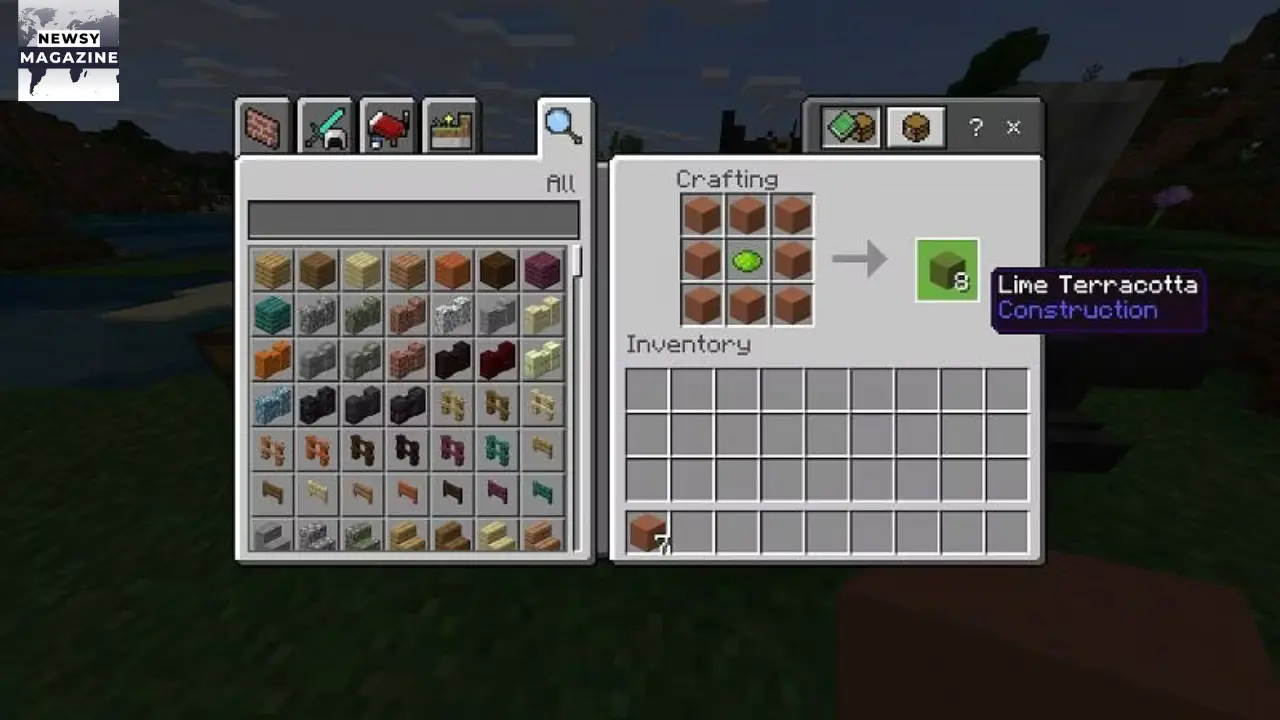
One of the unique features of terracotta in Minecraft is its ability to be dyed into various colors and patterns. Here’s how you can craft colored terracotta blocks:
3.1 Obtaining Dyes
Dyes are essential for coloring terracotta. You can obtain dyes from various sources in Minecraft:
- Flowers and Plants: Different flowers and plants yield different colored dyes. For example, red dye can be obtained from poppies or roses. Collecting a variety of flowers ensures you have a broad palette of colors to work with.
- Mixing Dyes: You can also mix primary dyes to create secondary colors. For instance, combining red and yellow dyes creates orange dye. Experimenting with dye combinations can lead to discovering new shades and colors for your builds.
- Other Sources: Additional dye sources include ink sacs from squids (black dye), bonemeal (white dye), and cocoa beans (brown dye). Exploring different biomes and gathering various resources will help you accumulate a diverse set of dyes.
3.2 Crafting Colored Terracotta
Once you have obtained the desired dyes, you can craft colored terracotta blocks:
- Crafting Recipe: Surround a dye of your choice with eight terracotta blocks in a crafting table grid. This will produce eight blocks of colored terracotta. This method ensures you get the most out of your dyes, efficiently creating large quantities of colored terracotta.
- Experimentation: Don’t hesitate to experiment with different dye combinations to achieve a wide range of colors and patterns for your building projects. Mixing and matching colors can lead to unique and vibrant designs that stand out in your Minecraft world.
Read More: Designing Eye-Catching Sven Coop Icons & Banners
Part 4: Tips for Efficient Terracotta Production
Crafting terracotta efficiently can save you time and resources. Here are some tips to streamline your terracotta production process:
4.1 Efficient Clay Mining Techniques
- Clearing Water: Create temporary air pockets using blocks like dirt or sand to facilitate easier mining of clay underwater. Doors and ladders can also create air pockets for easier mining. This technique reduces the need to surface frequently for air, making the mining process smoother and faster.
- Use of Depth Strider Enchantment: If available, enchanting your boots with Depth Strider can significantly speed up movement underwater, making clay mining faster. Depth Strider allows you to move more quickly through water, reducing the time it takes to collect clay.
4.2 Batch Smelting
- Gather Resources: Collect a large quantity of clay blocks and fuel before starting the smelting process to maximize efficiency. Having a stockpile of materials ensures that you can smelt continuously without interruptions.
- Multiple Furnaces: Use multiple furnaces to smelt large batches of clay blocks simultaneously, speeding up the process. Setting up a smelting station with several furnaces can significantly cut down the time required to produce terracotta.
- Fuel Management: Ensure you have an adequate supply of fuel, such as coal or charcoal, to keep your furnaces running continuously. Efficient fuel management ensures that your smelting process is uninterrupted, saving you time and effort.
Part 5: Advanced Building Techniques with Terracotta
Terracotta’s vibrant colors and patterns make it a unique material for advanced building techniques. Here are some ideas to enhance your constructions:
5.1 Patterned Floors and Walls
- Mosaics and Patterns: Use different colors of terracotta to create intricate mosaics and patterns on floors and walls. By combining various colors and patterns, you can create detailed and visually appealing designs that add character to your builds.
- Accent Blocks: Combine terracotta with other building materials, such as quartz or stone, to create accent features in your builds. This combination can highlight certain areas and add depth to your structures.
5.2 Detailed Structures
- Custom Designs: Use colored terracotta to add custom designs and logos to your buildings. Whether it’s a company logo or a personal emblem, terracotta can be used to create detailed and recognizable designs.
- 3D Art: Create 3D sculptures and art pieces using terracotta blocks of various colors. This adds an artistic element to your Minecraft world, showcasing your creativity and building skills.
5.3 Themed Builds
- Themed Areas: Design themed areas in your Minecraft world, such as desert temples or colorful villages, using terracotta. Themed builds can make your world feel more cohesive and immersive.
- Texture Variety: Mix different patterns and colors of terracotta blocks to create intricate designs and textures in your builds. This variety adds visual interest and depth to your constructions, making them stand out.
Read More: Ark: Survival Evolved (2017) Game Icons Banners (Ultimate Guide)
Conclusion
Mastering the art of crafting terracotta opens up endless possibilities for creativity and expression in Minecraft. Whether you’re building a quaint village or an elaborate castle, terracotta’s vibrant colors and patterns allow you to personalize your creations like never before. By following the steps outlined in this guide and implementing efficient production strategies, you’ll be well-equipped to harness the full potential of terracotta in your Minecraft adventures.
With this comprehensive guide, you should have a detailed and thorough understanding of how to make and use terracotta in Minecraft. This knowledge will not only enhance your building projects but also provide you with the tools to create stunning and unique structures. Happy building!


